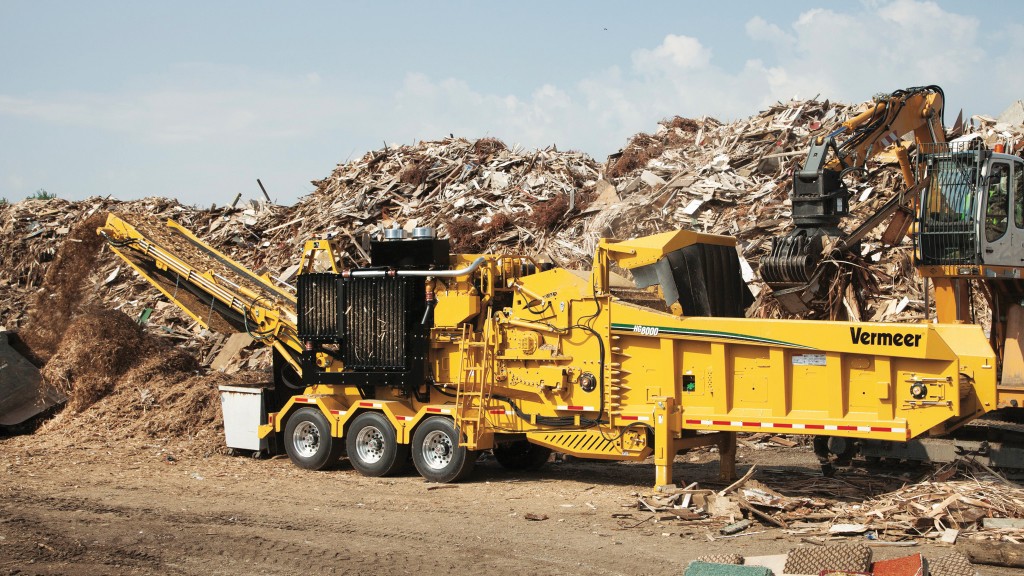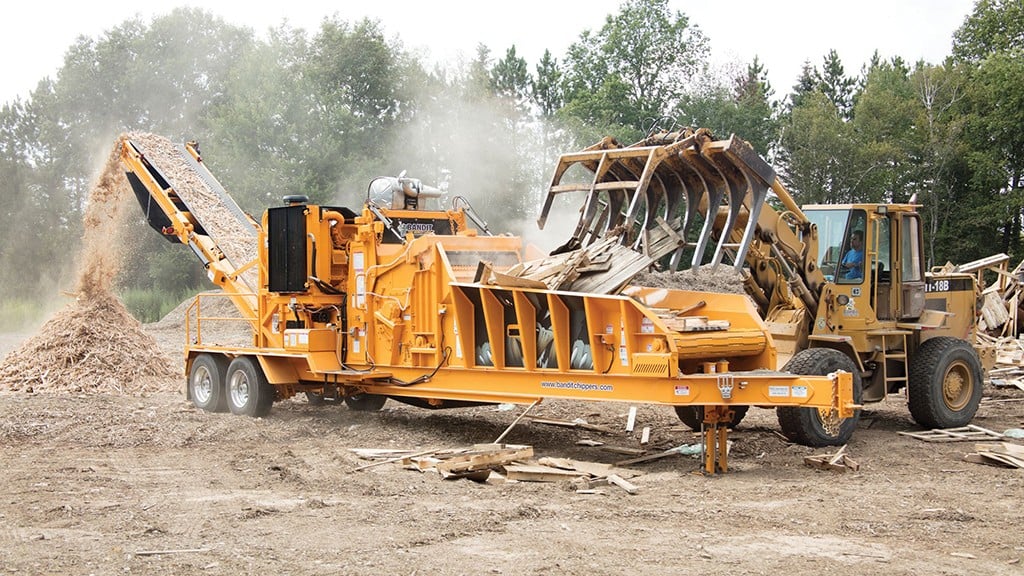
Vermeer is updating its grinder tip line with the introduction of long-lasting max grinder tips. They contain the maximum amount of carbide to provide ideal durability, allowing more time on the job and less time spent changing tips. These grinder tips are designed for a precise fit, eliminating the time required for modifying tips to fit a Vermeer grinder.
"Many grinder owners prefer to use a more premium product and spend less time changing out tips," says Vermeer Recycling and Forestry Product Manager Jeff Bradley. "In most cases, changing tips can take anywhere from an hour to two hours."
Designed to extend the time between change-outs, max grinder tips will be included on the duplex drum with a purchase of a horizontal or tub grinder.
"Grit options help determine the useful life of the grinder tips. Vermeer now sells three grit coverage options – max, premium, or pro – to match the life of the cutter tips to the application," says Bradley.
"The max grinder tips deliver the longest life," adds Bradley. "The premium grinder tips feature additional welds on the ends and a single weld on the sides for an extended life span. Pro grinder tips have both ends and sides welded to provide a standard life span. The difference is the amount of carbide that is put on during the welding process. The max has a higher carbide content, which results in longer wear life."
A grinder tip to match many applications
The three grit options can be paired with different grinder tip styles to match job site requirements. Six tip styles are available.
Wide block grinder tips are the most common in the industry. They can be used for several applications, such as land clearing materials, regrind, pallets, compost, and green waste.
"This [wide block grinder tips] is a more generalized tip," notes Bradley. "Other types of tips are designed for specific applications where they really shine."
Abrasion-resistant (AR) grinder tips are used when highly abrasive material is being processed. Their flat-face design, infused with tungsten carbide crystals in the casting block, is best suited for job sites with sand, dirt, and other highly abrasive materials.
"From a life perspective, it [the AR grinder tips] will tremendously outperform the standard wide block grinder tip in these applications, but materials must be free of contaminants," says Bradley.
Wing grinder tips have a unique design with an overlay of carbide that provides an effective solution for processing large-diameter woody material. A narrow centre section helps the tip penetrate the log, then the wings clean out the remainder.
"Traditionally, on a horizontal grinder, the wing-tip design really allows penetration into the big woods," says Bradley. "You're taking a narrower chunk out of the material, which is easier to process. The narrow tip goes through the wood and splinters it a lot easier. You see productivity gains by using the wing-tip design in logs and big wood."
Impact-resistant (IR) grinder tips offer an alternative to wing tips and are used to process large-diameter material because of how hard the carbide inserts are. "These tips give increased longevity when you have occasional rocks," adds Bradley.
Narrow block grinder tips have an overlay of carbide along the sides of the block, making them an effective solution for processing large-diameter woody material. "Depending upon your material type – if you're doing stumps, if you're doing big wood – that narrow tip really has a better processing capability," says Bradley. "It's productive and will get through the material quickly."
Sharp grinder tips are designed for cutting. They're most commonly used on large-diameter wood for maximized production and a low amount of fines. With a sharp leading edge, these tips are not recommended for high contamination.
With the addition of the max grinder tips, there are now more options to match cutting tips to the specific application while extending the time between change-outs.



